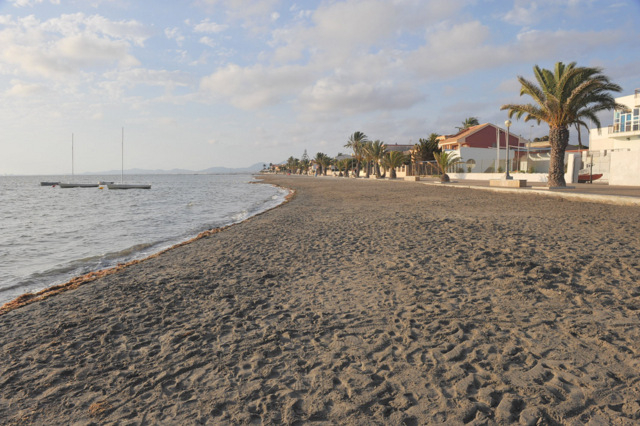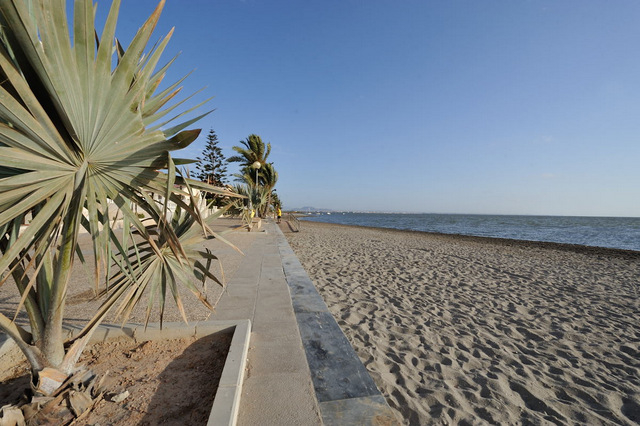- Region
- Águilas
- Alhama de Murcia
- Jumilla
- Lorca
- Los Alcázares
- Mazarrón
- San Javier
-
ALL AREAS & TOWNS
- AREAS
- SOUTH WEST
- MAR MENOR
- MURCIA CITY & CENTRAL
- NORTH & NORTH WEST
- TOWNS
- Abanilla
- Abarán
- Aguilas
- Alamillo
- Alcantarilla
- Aledo
- Alhama de Murcia
- Archena
- Balsicas
- Blanca
- Bolnuevo
- Bullas
- Cañadas del Romero
- Cabo de Palos
- Calasparra
- Camping Bolnuevo
- Campo De Ricote
- Camposol
- Canada De La Lena
- Caravaca de la Cruz
- Cartagena
- Cehegin
- Ceuti
- Cieza
- Condado de Alhama
- Corvera
- Costa Cálida
- Cuevas De Almanzora
- Cuevas de Reyllo
- El Carmoli
- El Mojon
- El Molino (Puerto Lumbreras)
- El Pareton / Cantareros
- El Raso
- El Valle Golf Resort
- Fortuna
- Fuente Alamo
- Hacienda del Alamo Golf Resort
- Hacienda Riquelme Golf Resort
- Isla Plana
- Islas Menores & Mar de Cristal
- Jumilla
- La Azohia
- La Charca
- La Manga Club
- La Manga del Mar Menor
- La Pinilla
- La Puebla
- La Torre
- La Torre Golf Resort
- La Unión
- Las Palas
- Las Ramblas
- Las Ramblas Golf
- Las Torres de Cotillas
- Leiva
- Librilla
- Lo Pagan
- Lo Santiago
- Lorca
- Lorquí
- Los Alcázares
- Los Balcones
- Los Belones
- Los Canovas
- Los Nietos
- Los Perez (Tallante)
- Los Urrutias
- Los Ventorrillos
- Mar De Cristal
- Mar Menor
- Mar Menor Golf Resort
- Mazarrón
- Mazarrón Country Club
- Molina de Segura
- Moratalla
- Mula
- Murcia City
- Murcia Property
- Pareton
- Peraleja Golf Resort
- Perin
- Pilar de la Horadada
- Pinar de Campoverde
- Pinoso
- Playa Honda
- Playa Honda / Playa Paraíso
- Pliego
- Portmán
- Pozo Estrecho
- Puerto de Mazarrón
- Puerto Lumbreras
- Puntas De Calnegre
- Region of Murcia
- Ricote
- Roda Golf Resort
- Roldan
- Roldan and Lo Ferro
- San Javier
- San Pedro del Pinatar
- Santiago de la Ribera
- Sierra Espuña
- Sucina
- Tallante
- Terrazas de la Torre Golf Resort
- Torre Pacheco
- Totana
- What's On Weekly Bulletin
- Yecla


- EDITIONS:
 Spanish News Today
Spanish News Today
 Alicante Today
Alicante Today
 Andalucia Today
Andalucia Today
Cartagena beaches: Punta Brava
900 metres long, this is a semi-urban sandy beach
The beach of Punta Brava lies at the northernmost end of the municipality of Cartagena, within the Diputation of Lentiscar, and just south of the town of Los Alcázares, from which it is separated by an undeveloped expanse of land owned by the Ministry of Defence .
This end of the Mar Menor is largely undeveloped due mainly to the fact that the military still owns the land which was formerly the site of an air training strip, and the first develpment encountered moving down this Cartagena coastline is El Carmolí.
The first properties built in El Carmolí were right along the coastline and the older properties are right down on the edge of the beach, separated from the sea by only a promenade. The buildings become newer further back from the shore, and some of the best properties in the area are high up overlooking the shore on Mount Carmolí. The area is characterful and very popular with Spanish holidaymakers, maintaining an old-world atmosphere lacking in some of the more developed areas.

Punta Brava beach is often called El Carmoli beach, which does cause a bit of confusion as El Carmolí is actually listed as a separate beach, but anyone looking for a beach in this area will be unconcerned about its official name, and only interested in where to find it.
Punta Brava beach runs for nearly a kilometre (just over 900 metres to be exact although there is some disagreement about where it actually peters out) right along the seafront of El Carmolí, before joining with Los Urrutias beach.
It's a long, thin sandy beach, averaging only 5 metres in depth, and is a "Mar Menor beach".
All of the beaches listed as Mar Menor beaches are inside the circle of the Mar Menor, which covers a surface area of nearly 170 square kilometres, with 70 kilometres of internal coastline, separated from the Mediterranean by a 22km long strip of land (the La Manga Strip as it's often referred to by foreign visitors, or La Manga del Mar Menor), which is connected to the Mediterranean via canals, so sailing boats can sail between the Mar Menor and Mediterranean and the water is saline.
The Mar Menor is Europe's largest saltwater lake, but is fringed with beaches, so bathers can enjoy the salt water, smell of the sea and the soft sand without the waves or currents of the sea. There are small waves on windy days, but the Mar Menor, and particularly this corner, is generally calm and flat.
The internal area of the Mar Menor is divided between several municipalities, or local councils, and this area, known as Lentisco, falls within the Cartagena municipality.
This corner of the Mar Menor tends to have less water movement than beaches slightly further along the coast and is also shallower, as well as being at the receiving end of the prevailing winds which tend to drive flotsam into this far corner, so there is a never-ending battle with the elements to keep the beach clean.
Out of season when beaches are not groomed as regularly as during peak season deposits of seaweed can accumulate in the northernmost corner of this beach, but further along the shore is generally clearer.

It's a lovely sandy beach and is backed by an attractive paseo, the paseo de la Florida, popular with walkers, and a calm location in which to enjoy a rest beneath the shade of the palm trees along the paseo.
Beach services are restricted to rubbish bins, beach cleaning, toilets, footwashes, recycling bins, wooden walkways down onto the sand and ramps.The neighbouring Los Urrutias beach has lifeguard cover.
There is plenty of parking in the residential streets behind the promenade, but this does become more difficult during peak summer weeks.
El Carmolí and its beach is best reached by taking the exit from the AP-7 motorway at kilometre 794, and following the clear signs to the village or via the RM-332 coastal road.

Safety precautions for bathers
This is a Mar Menor beach and it is advisable to observe the following safety precautions when bathing:
Most of the Mar Menor beaches have very gently sloping shelves, meaning that bathers can walk a considerable distance from the shore and still only be waist high in the water. These shore fringes are also very warm, heating up more than the deeper waters, or the Mediterranean coastline, particularly during the hot summer months.
Many beaches are also protected by netting to exclude jellyfish.
This creates safe bathing areas for families but also leads to a situation which can be life threatening, as the safety of the beaches results in many elderly bathers bathing alone.This in itself is not life threatening, but every year there are unnecessary deaths when bathers suffer a heart attack, stroke, faint or have a dizzy spell of some sort whilst bathing alone, slipping into the water without anybody else being aware that this has happened.
The transition from hot beach to cold water can shock the body, causing dizziness or fainting, so it is advisable to splash the body with water to cool down before wading out into the Mar Menor or Mediterranean.
Even though there are lifeguards, accidents happen and every year there are unnecessary fatalities, the simple rule being if you have a medical condition, are taking medication, or are of advanced age, don´t bathe alone, no matter how shallow and calm the water is.
And for all ages, a red flag means do not bathe, particularly on the Mediterranean beaches.
Click for introduction to the Cartagena beaches
Go to the MURCIA BEACH GUIDE for full details about the 200 beaches and coves within the Region of Murcia.
Go to the Cartagena section for dozens of articles about the municipality of Cartagena including what to visit, where to go, what's on and tourist information. Click CARTAGENA
Other Cartagena Beaches
